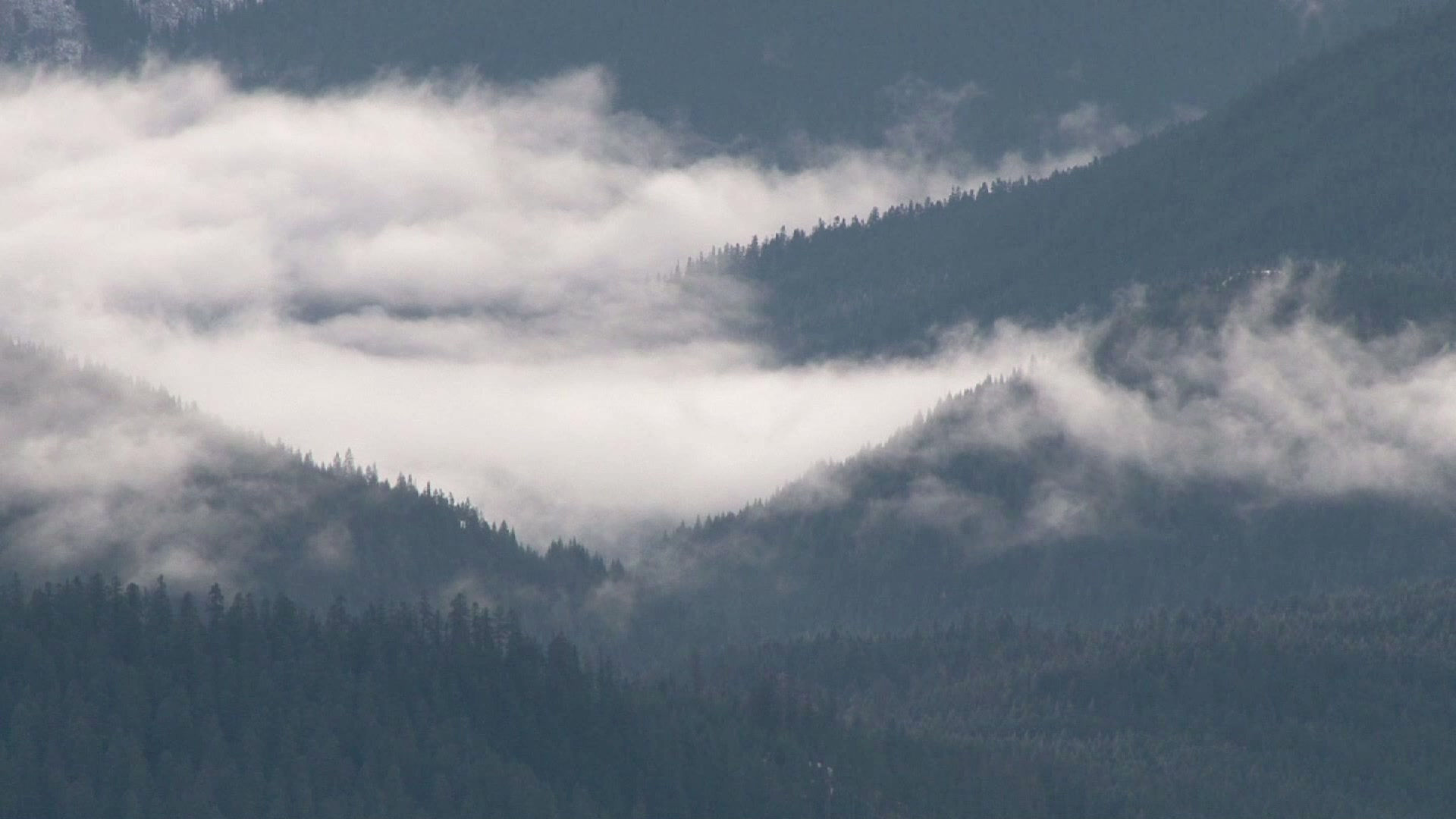Down the rabbit hole . . .
- janetdsands
- Jan 21, 2023
- 2 min read
Updated: Jul 18, 2023
My book on the Southwest is well underway, and I keep being reminded what an enormous subject this is! As with my first book, On a Mission: The Real Story of the California Missions, my target audience is travelers who love to take a deep dive into the history, prehistory, even the geology of the places they visit. And of course, it's for people who live in the Southwest and would be excited to read some of the thousands of eye-opening stories about this incredible region.
As with the California book, I've started by focusing on the prehistory of the Southwest. Who were the ancestors of the Native people who had been living in the region "since time immemorial" and were here when the Spanish arrived? How did the First Americans arrive in the Americas, and when, and what's the evidence so far? This is a fast-moving but really hot topic in science today.
Then I'm really interested in what Alfred W. Crosby called the "re-knitting together of Pangaea"—the Columbian Exchange. The Spanish era kicked off this process, beginning with Columbus's arrival in the mis-named New World. I'm fascinated by how it unfolded and how very different peoples came together with such tragic consequences for Native Americans, then with a period of often-violent conflict but also of accommodation and blending as peoples from vastly diverse cultures worked side by side to survive and raise their families in a beautiful but harsh land.
There's so much that isn't widely taught, such as the fact that the earliest debates on the human rights of indigenous people and the morality (or rather, the immorality) of conquest took place in Spain, in the decades immediately following Columbus. This national soul-searching at Valladolid resulted in laws issued from both the royal halls of Madrid and the Vatican in Rome that expressly prohibited the violence and brutality of the conquistadors, many of whom perished or went home in chains to face trial. But New Spain was across the ocean from the "home office" and a months-long journey from the agents of enforcement in Mexico City—so violence and abuse there was. All this makes the collision of cultures in the Southwest a difficult story, but a complex one that needs to be much better understood.
I've drawn from so many sources—original journals of the first Europeans to explore this harsh but beautiful land, archaeological papers, histories that can answer questions about why it was people of the Iberian Peninsula who conquered the misnamed "New World", a massive but absolutely essential resource entitled The Sea and Civilization by Lincoln Paine, books that give Indigenous perspectives on what can be a very difficult subject, and much, much more. It's all important to gain some understanding, and to see what questions we should still be asking, and of whom.
And of course I'm visiting, re-visiting, and photographing—as I have all my life, historic and prehistoric sites in Arizona and New Mexico, talking to people, and getting very excited to finish this wonderful project that has introduced me to a cast of characters we all should know, or know better. It's an extraordinary story.







So, when are advance drafts, partial or otherwise, available? :-)